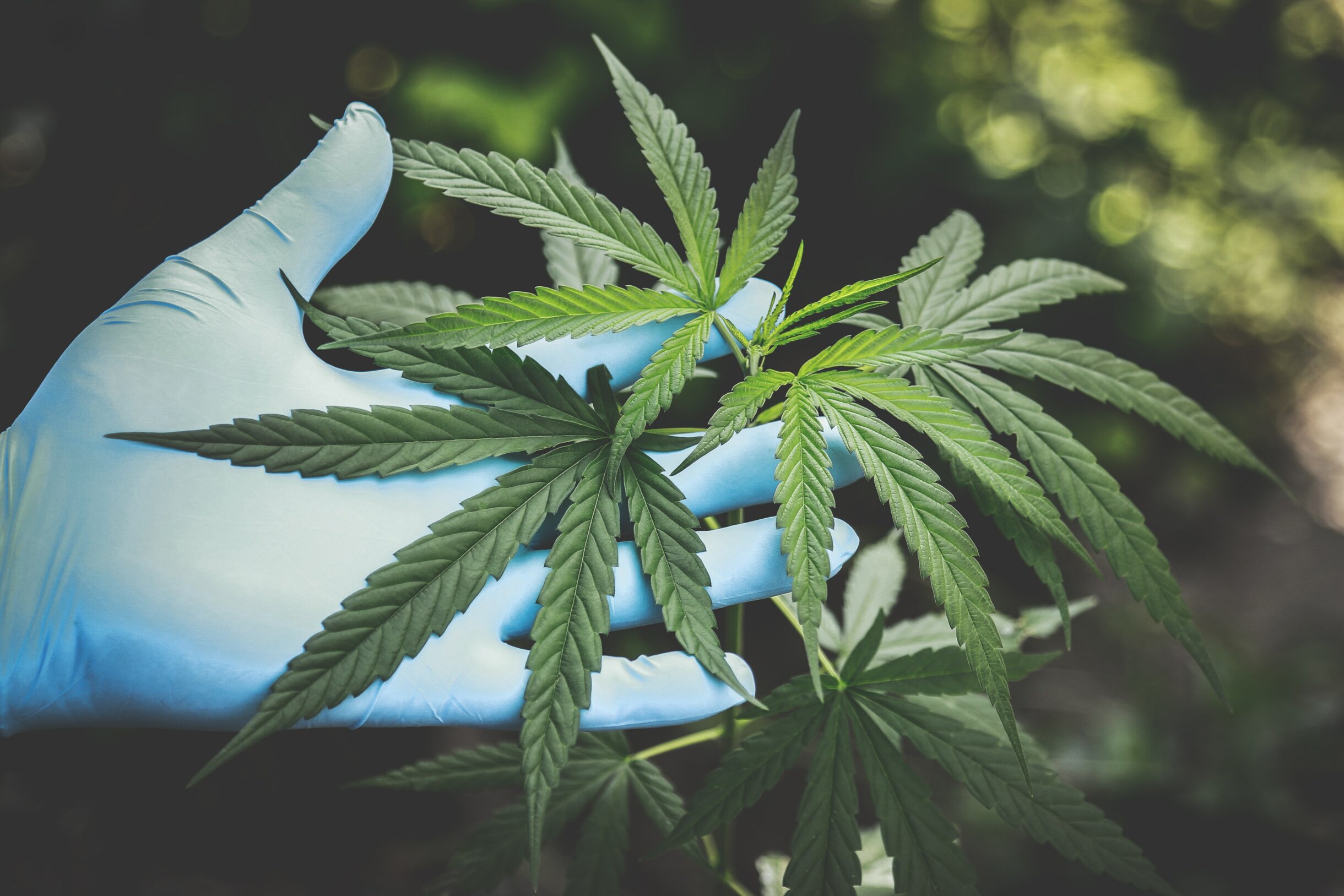
Cannabis is one of the most widely-consumed substances on the planet. The United Nations (UN) estimates that as many as 188 million people around the world use the drug in some capacity, accounting for over 3.8% of the global population. In the past, this figure might have been cause for concern, but the cannabis market has changed dramatically in recent decades. Global users now straddle illicit and legitimate markets that are regionally regulated; which makes for an extremely complex worldwide industry.
Liquid chromatography is central to a broad cross-section of cannabis testing applications. It has been used to help characterize the 100+ cannabinoids extracted from the cannabis plant, demonstrating radically different pharmacological mechanisms of action from one to the next. In this respect, liquid chromatography has been instrumental in disproving many of the unfounded claims often used in support of cannabis prohibition. It has even demonstrated the many medicinal benefits of the drug, although the opinions of global regulators are yet to align on this front.
Even in regions where cannabis prohibition has been repealed to some extent, illicit markets still exist. Liquid chromatography is used to help enforce local regulations, and to interrogate the state of illegal marketplaces from a basis of sound science.
Applications of Liquid Chromatography in Cannabis Testing
Liquid chromatography is implemented in numerous ways to help professionals on either side of the cannabis market’s gulf in legitimacy. Typical applications include, but are by no means limited to:
Case Study: Cannabis Potency Testing
Cannabinoid analysis is central to all cannabis research and development (R&D) processes, providing insights into pharmacokinetics and biological mechanisms of action. The concentration of distinct cannabinoids is an indicator of potency, which has proven to be one of the primary flashpoints in the debate surrounding cannabis legalization.
Tetrahydrocannabinol (THC) is the chief psychoactive compound. It is responsible for the primary side-effects sought after by recreational users (analgesic effects, euphoria, mood alteration, etc.), but is also understood to exacerbate anxiety and psychotic disorders. By contrast, cannabidiol(CBD) is the main medicinal compound of the drug, forming the basis of numerous emerging treatments and interventions under consideration by medical regulators worldwide today. CBD is even believed to modulate the effects of THC when coexisting in the drug in the correct ratios. This complex relationship is merely one example of how the 100+ cannabinoids interact, and liquid chromatography is key to exploring these interplays to determine drug potency.
For example, the World Drug Report has shown a sharp increase in cannabis potency over the last decade. Products typically boast a high THC concentration and comparatively low CBD. This increases the risk that frequent cannabis users will develop severe mental health disorders like schizophrenia.
Trends in cannabis use vary from region to region, given strikingly different governmental and regulatory approaches to legislation. Prevalence in most regions typically remains stable from year to year but there have been widespread transformative changes to the American markets, where prohibition is gradually being repealed at the state level. Thirty-three states have legalized cannabis in a broad capacity, while Canada has completely legalized the drug for both medical and recreational purposes. As a result, the World Drug Report shows a significant increase in the number of people who used cannabis in North America within the past year. Past-year users of cannabis in Canada and the U.S. have respectively risen by 25% and 50% since 2015. Liquid chromatography can be used in these regions to ensure that safe products are released to consumers, with regards to potency and quality.
KNAUER: Liquid Chromatography Suppliers
KNAUER is one of Europe’s leading manufacturers and suppliers of liquid chromatography instrumentation for analytical and preparative applications. The methods used by cannabis testing facilities are similar to general liquid chromatography procedures, allowing the use of standard high-performance liquid chromatography (HPLC) columns and devices as opposed to specialist systems. We can provide a range of instruments suitable for the analysis of cannabinoids, whether you are performing quality assurance and control (QA/QC) or performing systemic research.
Contact a member of the KNAUER team today if you would like to learn more.
References
https://wdr.unodc.org/wdr2019/prelaunch/WDR19_Booklet_5_CANNABIS_HALLUCINOGENS.pdf
https://www.omicsonline.org/open-access/pharmacology-of-marijuana-2155-6105-S11-012.php?aid=84733

The Cannabis Profiler is a dedicated AZURA Analytical HPLC system for the analysis of six common cannabinoids of high medicinal interest. Cannabidiol (CBD), cannabidiolic acid (CBDA), cannabinol (CBN), Δ8-tetrahydrocannabinol (Δ8-THC), Δ9-tetrahydrocannabinol (Δ9-THC), and Δ9-tetrahydrocannabinolic acid (Δ9-THCA) can easily be quantified according to the monography of German Pharmacopeia.
We are the experts for HPLC
Analytic HPLC, preparative HPLC or SMB - we do it all
Certified products and methods
Own application department


"Currently, the SMB is the only purification process that can be duplicated on a large scale for the purification of cannabinoids."
Christian Ulbricht, Chromatography Specialist
Disclaimer:
KNAUER does not endorse the use of its products in connection with the illegal use, cultivation or trade of cannabis products. KNAUER does not endorse the illicit use of marijuana, we merely provide an overview of the methods and systems of cannabis analysis.